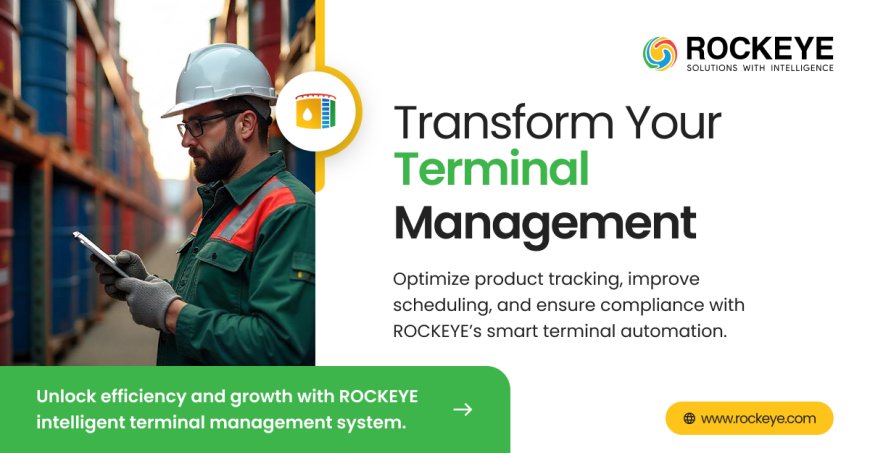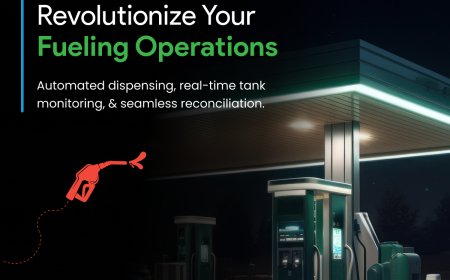Predictive Theft & Leakage Detection Through Flow Pattern Analysis
Intelligent monitoring becomes embedded in such infrastructure by which organizations can elevate their fluid terminal management strategy.

Introduction
The above text reveals the seriousness of industries considering fluids, either oil, gas, chemicals, or water, as the backbone of their operations- leakage or pilferage leads into losses much more far-reaching than that financial aspect. These leaks and theft not only result in loss of finance but can also include regulatory infractions, environmental hazards, and reputational harm. As infrastructure and networks expand and become more complex, typical monitoring systems are often lacking in terms of detecting anomalies early.
Flow pattern analysis enabled by data science and real-time monitoring presented an opportunity to think outside the box for a significant transformation; that is, moving away from reacting to incidents and beginning to anticipate them before they take place.
Understanding Flow Pattern Analysis
Essentially, flow pattern analysis involves monitoring and interpretation of the movement of fluids within a pipeline, a storage tank, and a distribution system. Each operation has its so-called "signature" flow behavior. Normal fluctuations, pressure changes, or volume dynamics develop a predictable rhythm.
Then suddenly a drop occurs, or there are irregular spikes; or, as if the flow stops suddenly. This indicates bad news. Detection using intelligent algorithms helps organizations to establish the following:
-
Micro-holes are fully defined before being allowed to escalate.
-
Unusual consumption rates that indicate theft.
-
Pressure imbalances which indicate faults in the system.
What previously took several hours or days can now be flagged nearly instantaneously by today's technology.
How Predictive Intelligence Works
Traditional systems are very much dependent on the alarms and manual checks. However, most issues are often found out now that damage has been done. The predictive flow pattern analysis provides an inversion to the entire story.
Using historical and live data, AI models will electronically learn to identify minor deviations that happen pre-failure or pre-tamper. It would then require all variables near weather, usage cycles, levels in tanks, and stress over the system to be compared to dynamic base lines derived from normal operation, and any divergence would launch an alarm for instants from current events to possible future vulnerabilities.
Now, that is how a foresight becomes a game changer in relationship to fluid terminal management, taking operations along several touchpoints and assets.
Why Fluid Terminals Require Predictive Detection
Fluid terminals, which handle bulk transfer, storage, and movement, are very prone to internal errors and outside threats. Time-consuming and inaccurate are manual reconciliation methods. It takes very little volume disparity to cause serious financial losses over time.
They can achieve:
-
Automated surveillance operation 24/7
-
Quick identification of losses or leakages
-
Accurate root-cause diagnosis
-
Regulatory support through data logs and audit trails.proactive maintenance and better resource allocation
-
Best of all, it provides proactive maintenance and more intelligent resource allocation.
Safer and Smarter Ways of Prevention from Loss
Loss is not always loud. Even a tiny valve malfunction or siphoning happens outside hours without supervision unnoticed for weeks. But with predictive flow monitoring, these silent losses come up into the limelight and the system gets better through each event.
Very important to industries facing pressure about environmental and safety standards. Their regulatory bodies are now pushing for advanced monitoring in fluid terminal management, particularly in oil & gas and chemicals, where one incident could be disastrous.
Final Thoughts
In a world where every drop counts, waiting for alarms to ring becomes no longer acceptable. Predictive theft and leakage detection through flow pattern analysis are not only about asset protection; it is securing trust, safety, and operational excellence.
Thus, intelligent monitoring becomes embedded in such infrastructure by which organizations can elevate their fluid terminal management strategy. Risk is minimized, uptime is maximized, and smarter choices are made day after day.






































